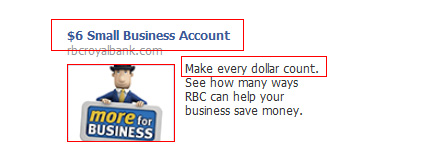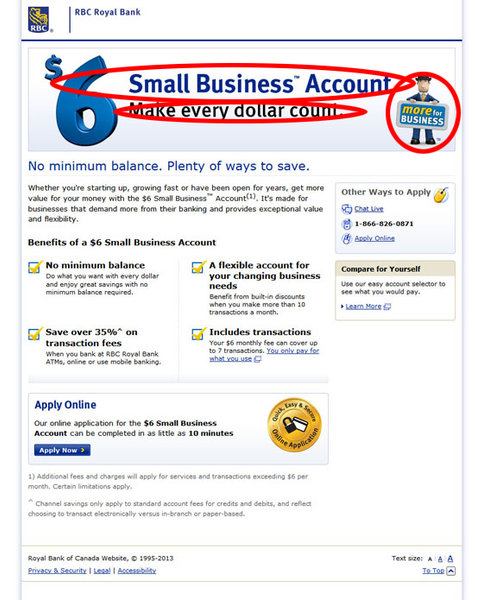Despite this, mistakes in customer service still occur frequently. Some businesses that have been around before social media changed everything stick to outdated methods of communication, whilst others just don’t put effective training in place. We’ve all heard of the many social media faux pas that ruined companies' public reputations with a single tweet or comment. However most companies that underperform at customer service do so quietly, without a big viral bang. What about those we don’t hear about? Are eCommerce companies getting it wrong still, or has the business world finally caught up with everything that technology has to offer?
Some businesses have been great at customer service right from the start, whilst others fail year in, year out. For example, for the past five years in the telecommunications industry, I’ve seen the same names at the top of the list when it comes to failing at customer service., It seems some just aren’t learning. What is worth noting: delivering great online customer service is not a matter of luck, nor is it impossible to learn.
With that in mind, let’s have a look at some of the most common customer service mistakes and the steps that you can take to ensure that your eCommerce business isn’t the one failing.
#1: One Way Communication
The internet is a wonderful medium for marketeers and it’s common for eCommerce companies to push marketing messages out over customer review sites and social media. However, communication should be a two-way street. ll too often we see the sales message being pushed out without effective customer service when it comes to responding to reviews – whether positive or negative – or questions posed.The importance of addressing this cannot be emphasized enough. For the customer, there are few things more frustrating than being ignored. Ignoring only makes the situation worse. Angry customers take to copying and pasting their comments onto several threads in a desperate effort to be heard and customer service reps only make things worse by deleting these comments.
Or worse – the service reps repeat the same scripted message over and over.This makes the customer feel more like a statistic than a person. Even if the customer has played this card first, no company should answer like that. Customers will alwayshave the advantage when it comes to comment quantity. So when you answer, pick out a representative critical comment and answer specifically. The first step to a publicly presentable reaction is real dedication.
The same can be said of website communications. Many companies only allow contact through phone or contact forms, or worse, they insist that the customer searches through endless FAQ before making contact. But customers want instant results. The site that doesn’t provide this will lose out to the ones that do.
Live chat is useful for all kinds of customer queries, but is most commonly used for quick questions and answers to support a buying decision. Complaints tend to be made using email and general enquiries using the phone. Communication by phone canfrustrate customers when they are put in a queue. Also, plenty of people cannot bring themselves to call and explain their issue, especially when it is a negative comment or reclamation. Not to lose this group completely, offering live chat is an effective alternative.
#2: Using Outdated Methods
The internet is by nature a hotbed of competition and as such, you have to push the envelope a little when it comes to standing out. Those companies that don’t have a social media presence will lose out, as will those that keep relying on outdated modes of communication. That doesn’t mean that today marketing and service strategies are all alike and a company just has to have any mix of communication channels. Instead, the mix has to be there and it has to be adjusted to the specific target groups. This is an ongoing task, of course.Phones are fine and create a personal contact, which however also is their downside. Emails are more discrete and can be reviewed before sending, but they mostly don’t offer a quick answer. Live chat is arguably the best way to give customers answers when they are needed quickly, discrete and personal at the same time. This is especially true when it comes to questions that customers have when they are on the site, as they are likely to make a purchase. Modern CRM packages integrate live chat with other channels so that you always have a means of communicating with the customer in their preferred manner at the time they need your help.
One reason why live chat is implemented in most CRM systems these days, is a widespread acceptance throughout customers. In fact, live chat has the highest level of satisfaction when compared to any other customer service platform, with 73% reporting this to be the preferred method. Further to this, research has found that 31% of customers are more likely to go ahead and make a purchase after using live chat.
#3: Ignoring the Customer
A pet hate of just about everybody, it can be fatal for a company to not respond to anything the customer sends its way. For the most part, this problem manifests due to a lack of customer service staff. Since no one person can man the phones/email/chat on a 24/7 basis, it’s vital that you make it clear what hours your business keeps with regards to getting back to customers.While it’s not good to stretch your customers’ patience in general, it can be seriously dramatic to leave them with a feeling that their message is sent into a black hole. If you can’t offer all day-round support, send a notice that the message has been received and will be answered in a certain time span. Make it a top priority to stick to that time span, be it mail, phone or chat.
For the social media world the same rules apply, with amplifications of negative outcomes. Recent research has found that 27.1% of people who were ignored on social media after making a complaint would stop doing business with the company in question. 50.7% said in a survey that they currently use social media as a means to communicate with brands online. Of those respondents who had dealt with companies on social media, almost a third (32.5%) said that they were either neglected or completely ignored.
There is no excuse. Technology – that great enabler – has given you all the tools you need to effectively communicate with all customers in one way or another and social media is no exception. The exact same tools are available for any customer and using them is for many is a relief of pressure, or even fun. This makes it likely to blow up in your face if you ignore complaints or any other query on social media.
Likewise, if you have a chat function on your website, or you’re planning to get one, then it’s hugely important to cover as much time of the day as possible to answer questions. Of course, it isn’t always possible to have enough chat agents for being available round the clock. In this case, focus on the peak times of your business. Also do make sure that your chat widget clearly states when it’s manned on the front of it.
#4: Not Empowering Customer Service Reps
The employees on the front lines are the ones that have to deal with all manner of enquiries and complaints. This means that they should have the power to deal with these instantly. However, the rep can only work within the constraints of policy and if these are too tight, it’s likely that they will deliver a poor service to the customer.On the employee’s part, this is usually caused by fear. They know what policy dictates and it may be that they don’t have the authority to offer any recourse to the customer and know that a) they’re likely to be shouted at and b) are powerless to do anything about it.
Firstly, again, modern technology is good enough so that the customer service rep should be able to access customer records through their CRM dashboard whilst still on chat. They should then also be given the power to effectively deal with the query. If the delivery is late, for example, they could offer free next day delivery on the next purchase and give the customer an answer as to where their item is.
The rep should also have the power to advise the customer that they won’t accept abuse. If you allow this, then the rep is more likely to stay in the job as they feel that they have a voice within the company. Having helpful rules even for when a customer gets “out of hand” will make your reps more confident and take away their greatest fears.
Don’t allow your reps to go at the customers by telling them to calm down though, even if this would “serve a quicker resolution of the issue”. So, while you shouldn’t let your reps discuss emotional states of customers, they should not be focused on just the technical details either. The feeling of talking to a robot will inspire plenty of customers’ anger. There is a thin line between coldness and offense. Train your reps to find this line of professional sensitivity and they’ll be fine.
Outstanding Customer Service
It’s not especially difficult to deliver excellent customer service across all platforms, but it does seem that many eTailers continue to get it wrong. There are now plenty of solutions available to pull communications together and ensure quick and effective responses to customer queries. Live chat is swiftly becoming the premium method for helping customers in real time and should be taken advantage of, but it’s important to understand too that customer service should be excellent across all platforms. his means adequate staff should be in place, alongside robust training.
To View Original Article: https://www.userlike.com/en/blog/2015/06/19/common-mistakes-online-customer-service






















